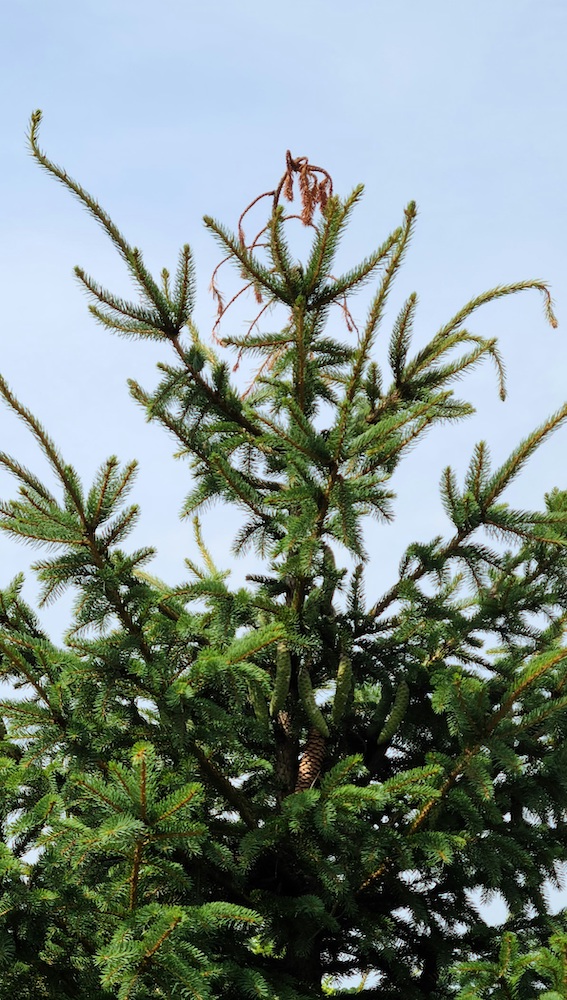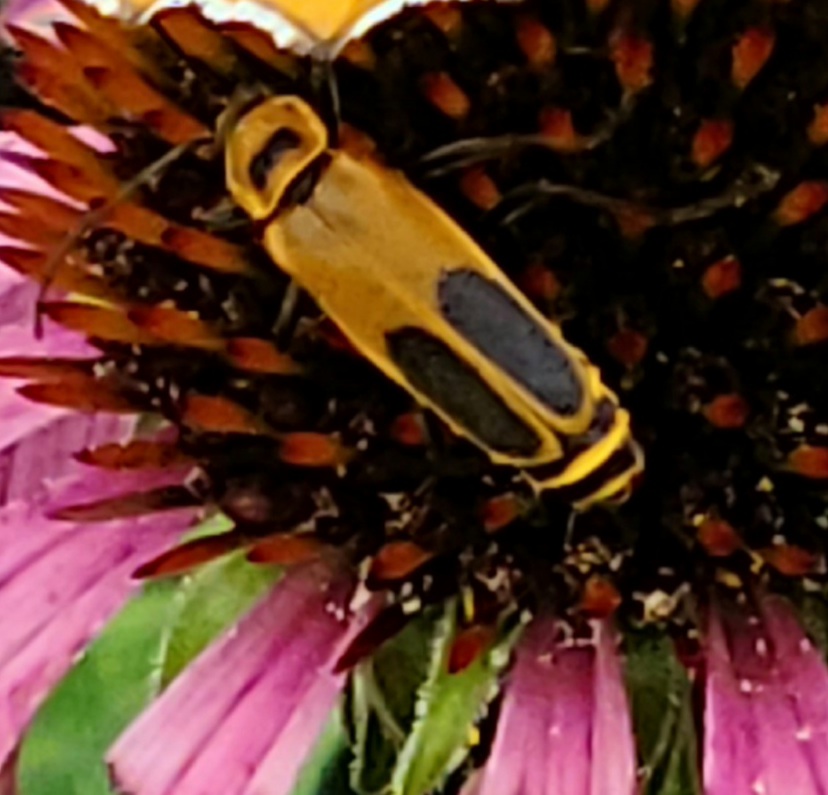August 2022 Gardening Advice

beans
submitted by Jennifer Fairfield, Garden Mill and Manchester Community & School Gardens
Last month was way below average in rainfall, which made keeping things watered really difficult. Typically, the Ann Arbor area gets a little more than 3.5 inches of rain in July. This year, Ann Arbor got about 1.5 inches. That wouldn’t be too terrible, except that our average rainfall for June is also generally around 3.5 inches, and we got less than an inch. I don’t know what August is going to bring us, but if it's anything like the past month, we're going to continue dragging hoses and sprinklers around to try to keep various trees and other plantings from dying. It’s getting old!
This month, the most important thing you can be doing in your yard and gardens is making sure that everything gets enough water. And I do mean everything! In addition, there are a few other things that you can do…
In the vegetable garden:
- Be sure to harvest cucumbers, beans, and zucchini regularly to keep them producing. If these are left on the plants, the plants will start to concentrate on maturing the fruits they have, in order to produce seeds, and will stop producing more fruits. By constantly harvesting, you are basically tricking the plant into producing more fruit so that it can produce and mature seeds (that being the whole goal of the plant).
- If you haven’t yet harvested your garlic, you probably should, as leaving it too long can cause it to rot in the ground. Onions are also usually ready to harvest in July and August.
- Once early plants are done, you can put in some “succession” plants. Transplants of broccoli, cabbage, cauliflower, and head lettuce can go in the garden now. Beets, carrots, radishes, leaf lettuces, spinach, Swiss chard, kale, and peas all can be planted directly in the garden in August for harvest into the early fall. Take a look at the seed packet for the “days to maturity” to determine how late you can plant and still harvest before frost (and some things, like kale, are even better after a light frost). To figure out your safe planting timeframe, just count backwards from your average first date of frost (usually early October for our area). So, if your packet says that the days to maturity is 45 and it takes 5 to 10 days to germinate, then you need to make sure that you have your seeds in by about August 10th.
- Three important chores this month (along with watering) are keeping weeds, disease, and insect pests under control. With all the hard work we put into our gardens, losing plants to insect pests or disease, or not getting the best harvest because weeds are taking up precious nutrients and water just doesn’t seem fair. Some of the pest culprits I’m seeing in my garden right now include squash vine borers, Mexican bean beetles, and cabbage moth worms. I’m not seeing a lot of disease yet, though some of my tomatoes are showing signs of something – I just haven’t yet figured out what. The insects aren’t out of control yet, and I don’t intend to let them get to be! One of the squash plants had a borer in one leaf stem, which was easily treated by removing the entire leaf and dunking the stem in soapy water for a while. Another plant had a borer in the actual stem of the plant. That got treated with Bt sprayed into the hole the borer created. I am hoping that got the little monster, as they can kill a plant pretty quickly if left to their own devices. I also am now sprinkling diatomaceous earth around the plant stems to try to keep any more invaders away. The bean beetles got sprayed with neem oil sprayed on the bean plants, and the cabbage worms got picked off the kale and squished (though I could have used the Bt on those as well, if the infestation had been significant). As for the tomatoes, I am picking up my fungicide treatments again (I had slacked off a bit on that for a few weeks). I also trimmed off the branches that had leaves showing signs of disease (when you do this, be sure to clean your trimmers with rubbing alcohol in between cuts so as not to spread disease with your tools). I’m hoping the trimming and spraying will keep disease at bay long enough for me to enjoy all the tomatoes that the plants are producing. I am also spraying cucumbers, squash, and beans with fungicide, to try to keep any other diseases at bay.
Flowers:
- Diseases are also a problem for flower gardens, and keeping them from getting going is the best chance you have of controlling them. Planting disease resistant varieties when possible is the first step, but regular treatments of fungicides for plants that are susceptible is always a good idea.
- Insect pests are another issue in the flower garden this month. If you find an unknown insect on your plants, there are lots of apps for phones that can help identify them – which helps you know how to deal with them. I rely on iNaturalist to help me ID the many creatures I find in my gardens – the good (the soldier beetle, that eats things like aphids, on a coneflower), the bad (the large milkweed bug eating my swamp milkweed), and the ugly (a truly hideous horsefly, the size of a helicopter – I think!).
- Keep up with deadheading both annuals and perennials throughout the rest of the season.
- As with veggies, make sure your flowers are getting the water they need. Water in the morning, and close to the soil to prevent diseases. Watering too late in the evening can encourage fungal diseases, as can overhead watering, and watering in the heat of the afternoon wastes water due to evaporation.
- Weeds can rob your plants of water and nutrients, they can help to spread disease, and taller weeds can block sunlight from reaching your plants, so weed your flower beds regularly.
Trees & Shrubs:
- Last month, I said you should be watering newly planted trees and shrubs regularly, and to consider watering established trees as well, if we got a long, dry period. Guess what – we’ve had a long, dry period, and you should probably be watering those established trees now to keep them from getting seriously stressed going into winter (like the Norway spruce in this picture from my yard). The problem with trees not getting enough water is that the effects can sometimes take years to really show, especially in established trees. You may think your trees look fine now, but next year, and the following year, you may see signs that they were stressed by the lack of water.
Birds:
- I don’t have any additional updates on the Avian Flu. The recommendations we have been given to-date still hold – if you are going to feed the birds, please regularly clean the feeders with a 10% bleach solution and clean up any debris around feeders. Same goes for bird baths – keep them cleaned out regularly by emptying and refilling daily and scrubbing with 10% bleach at least weekly.
- For hummingbirds, clean out and replace the sugar-water in the feeders regularly. The Audubon Society recommends cleaning feeders twice per week during hot weather, and once per week when the weather is cooler.












You must be logged in to post a comment Login